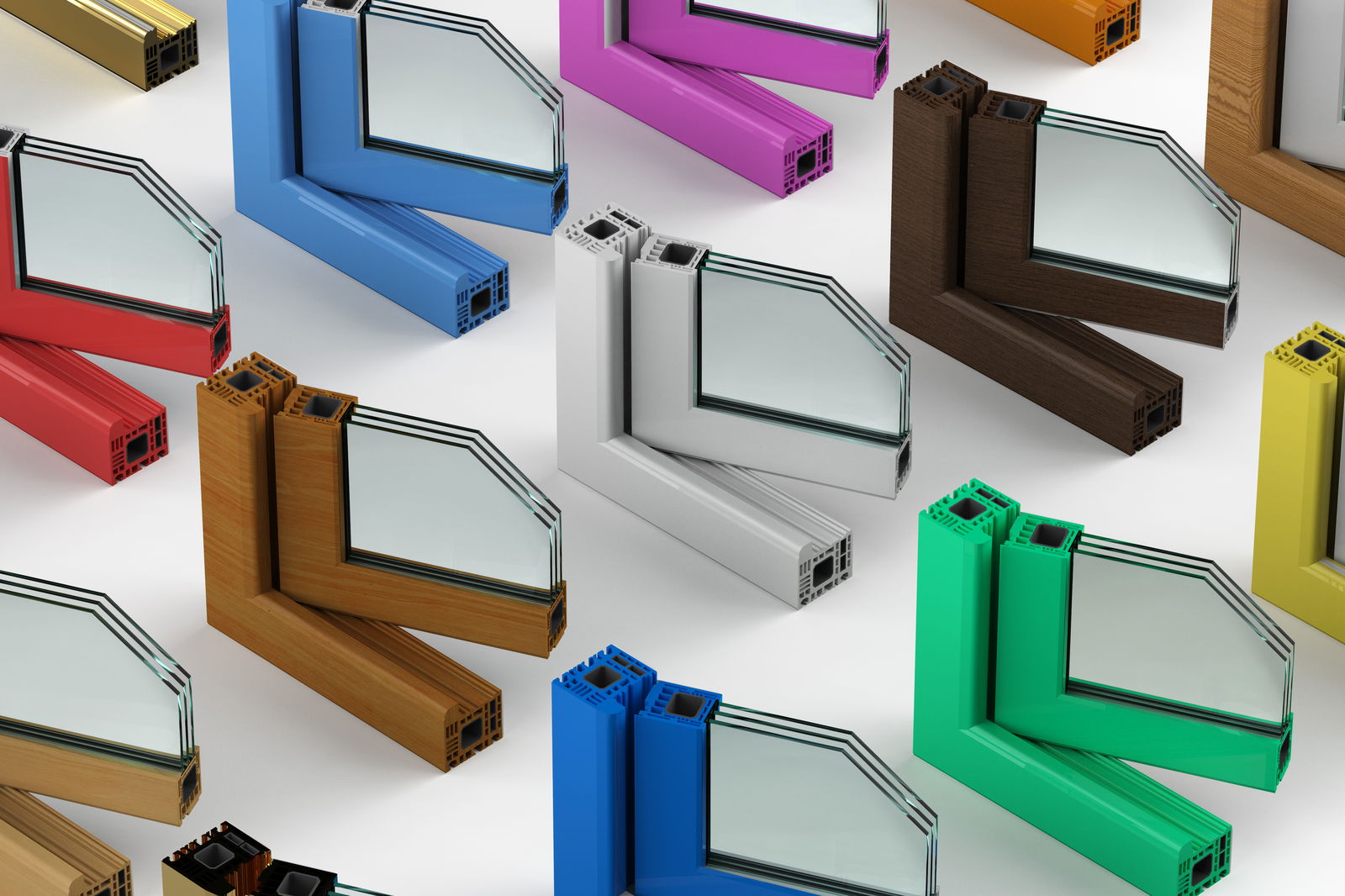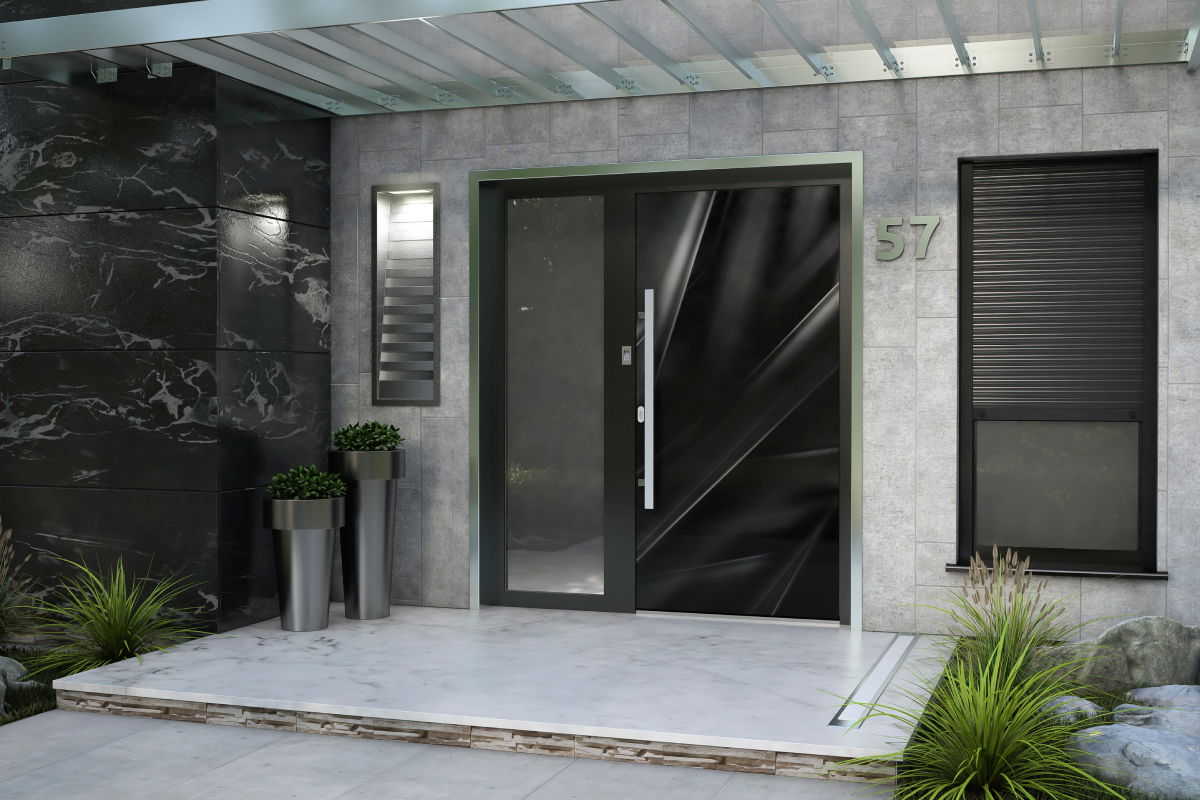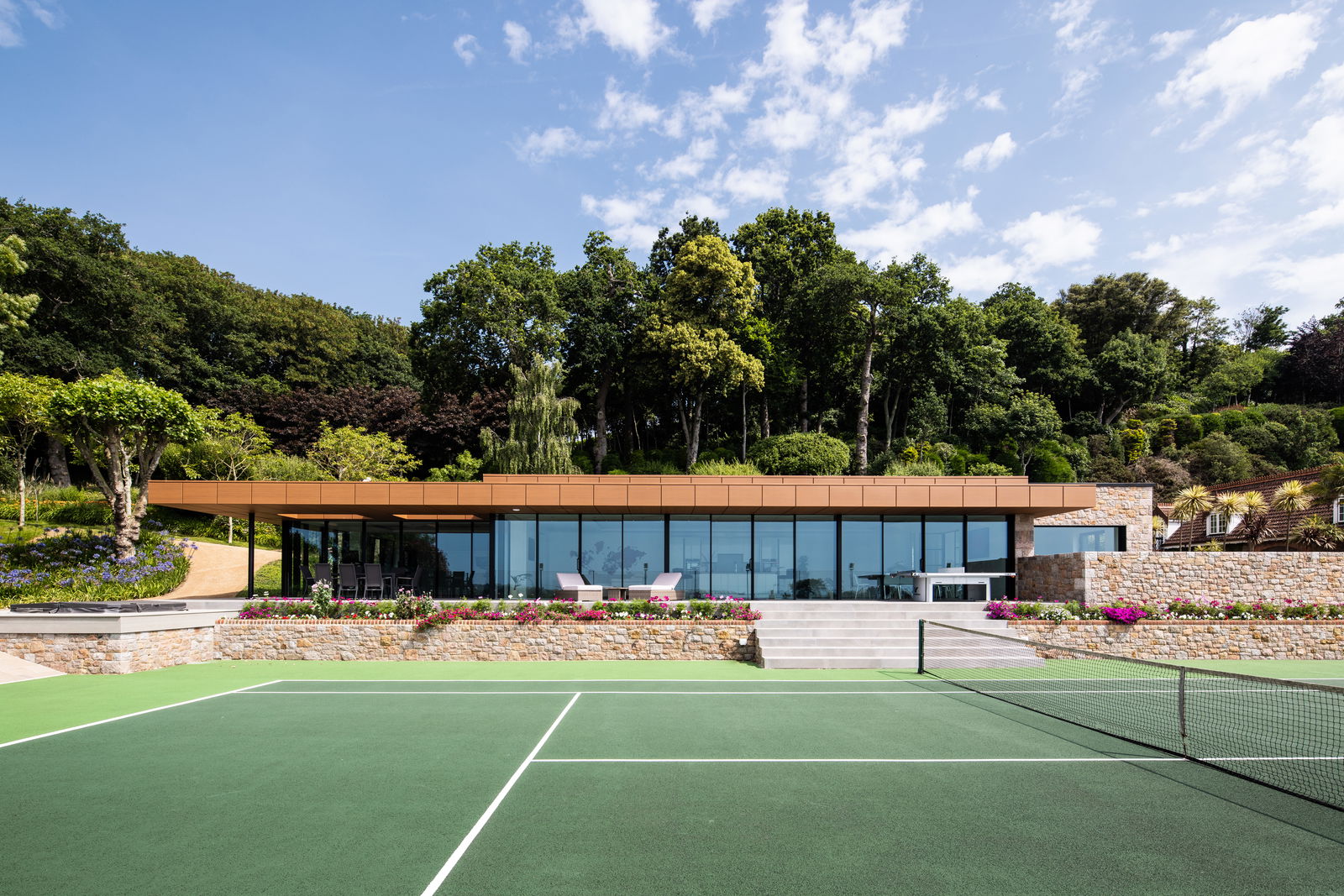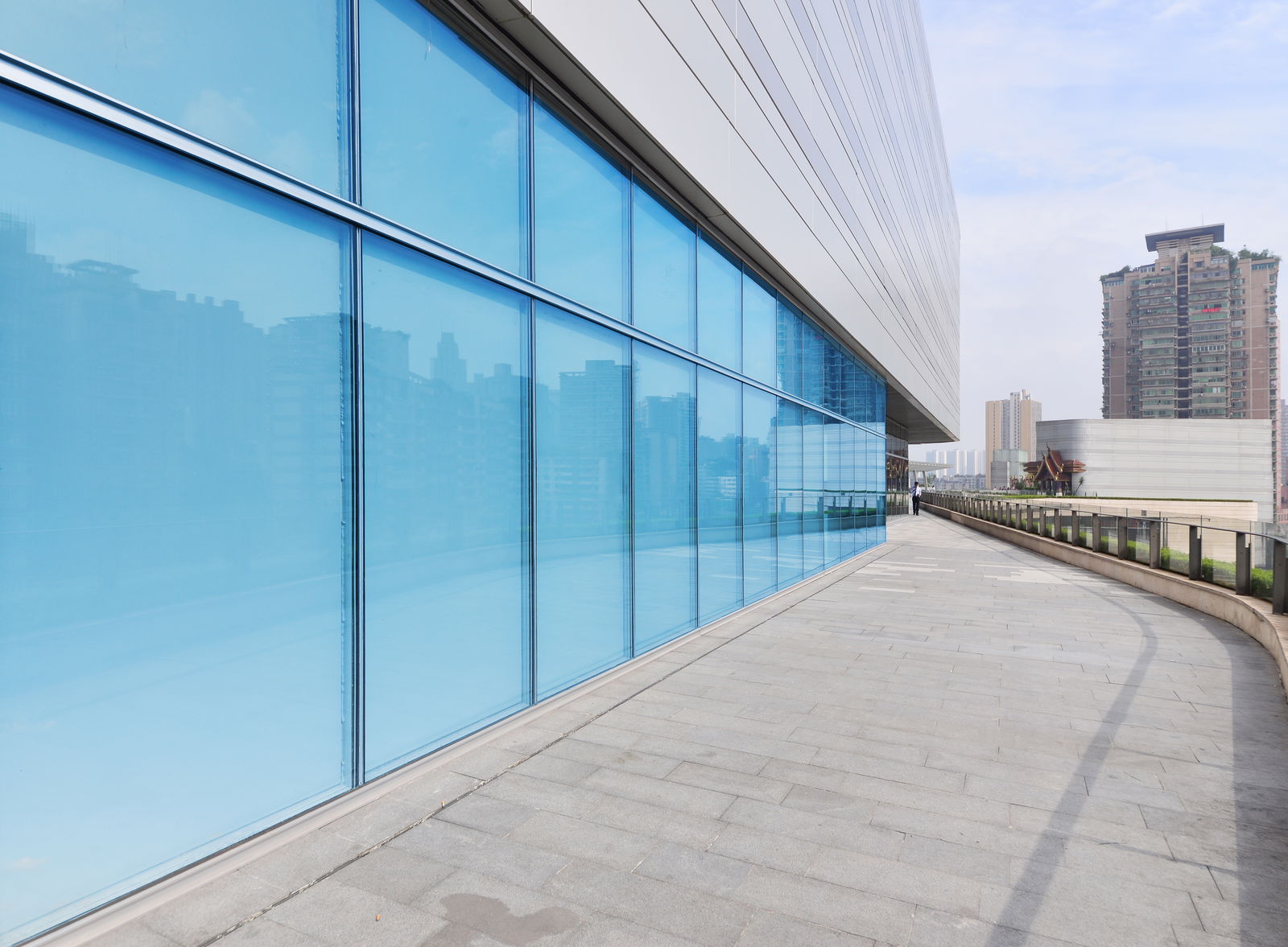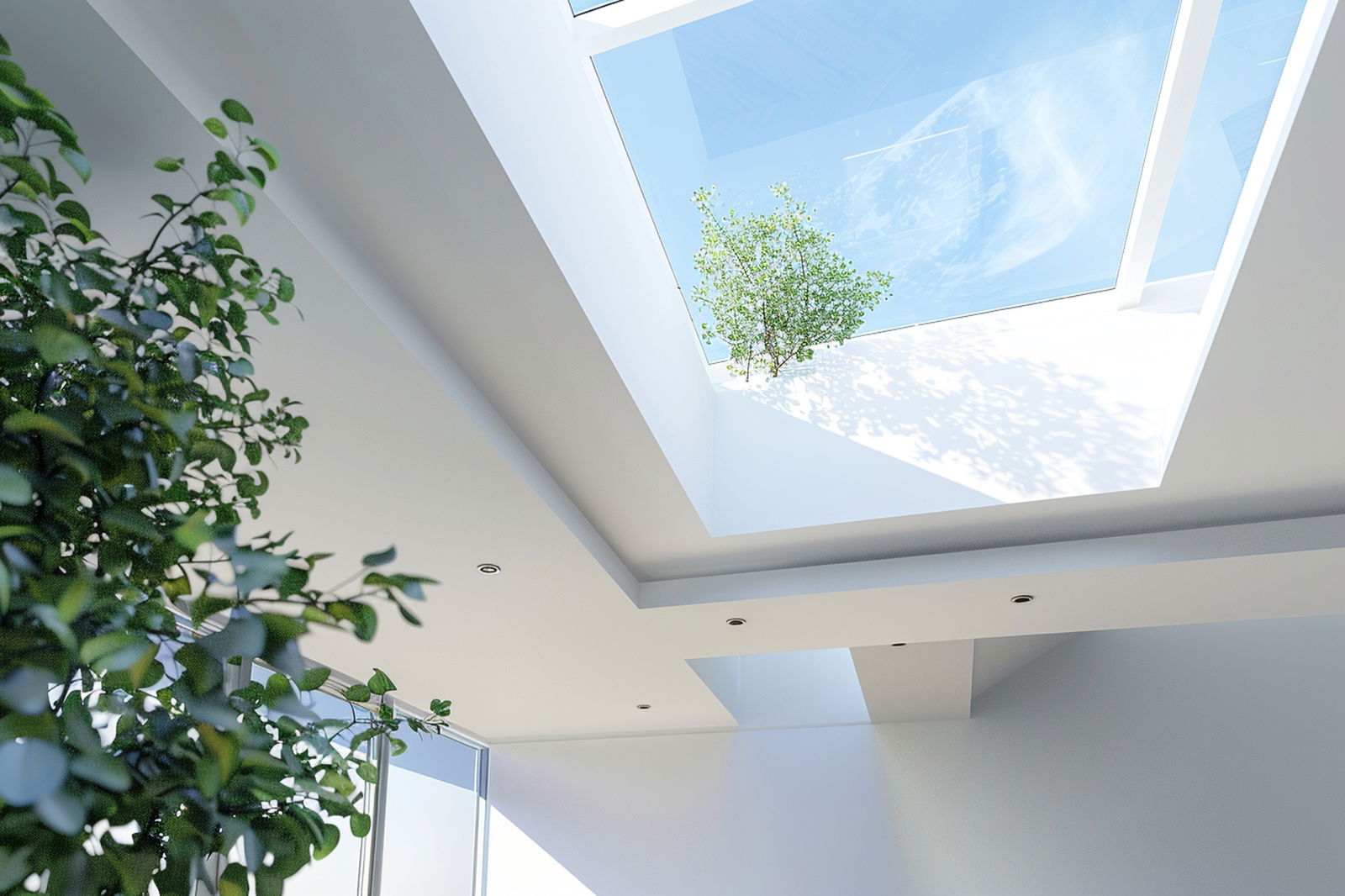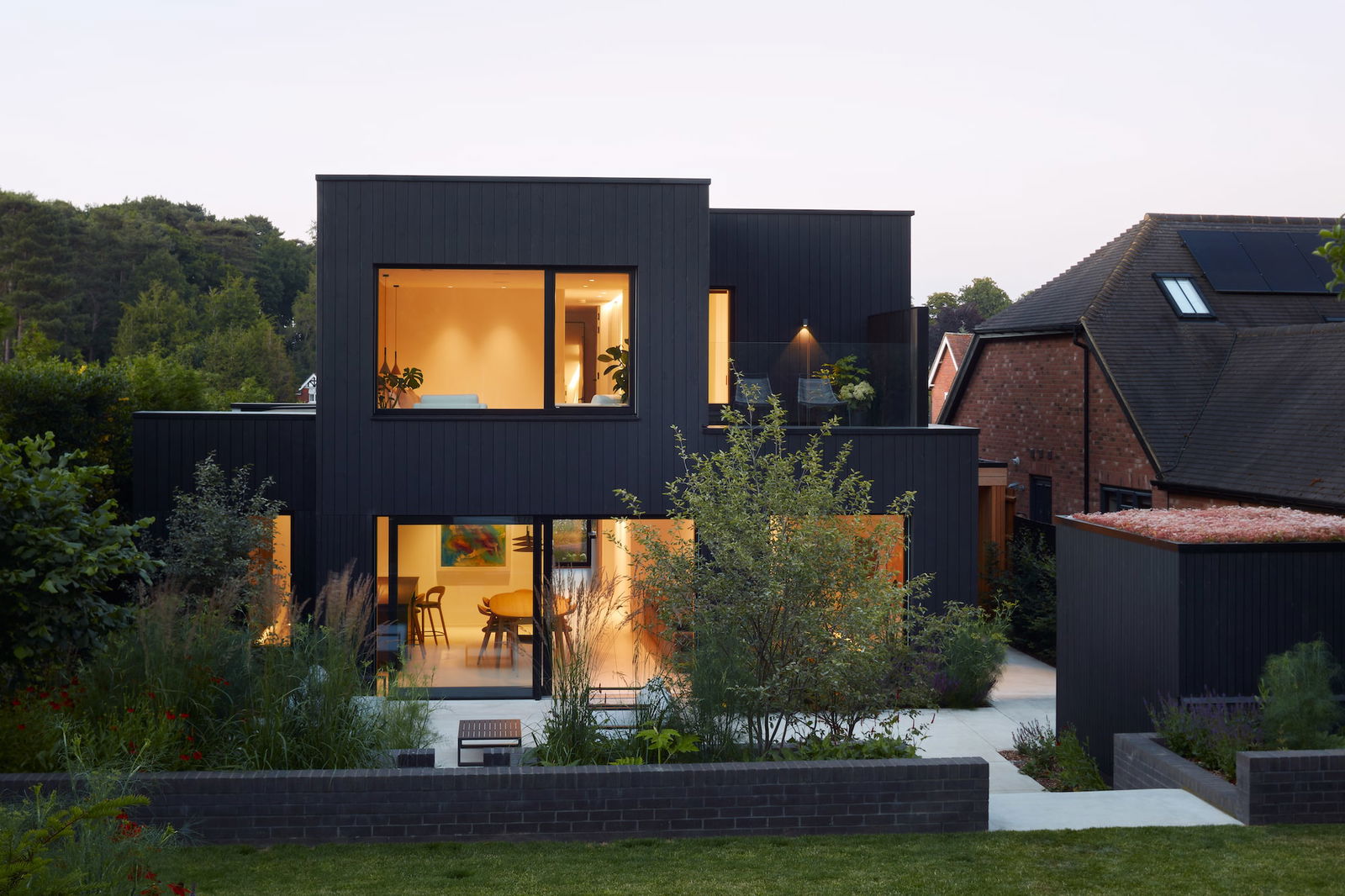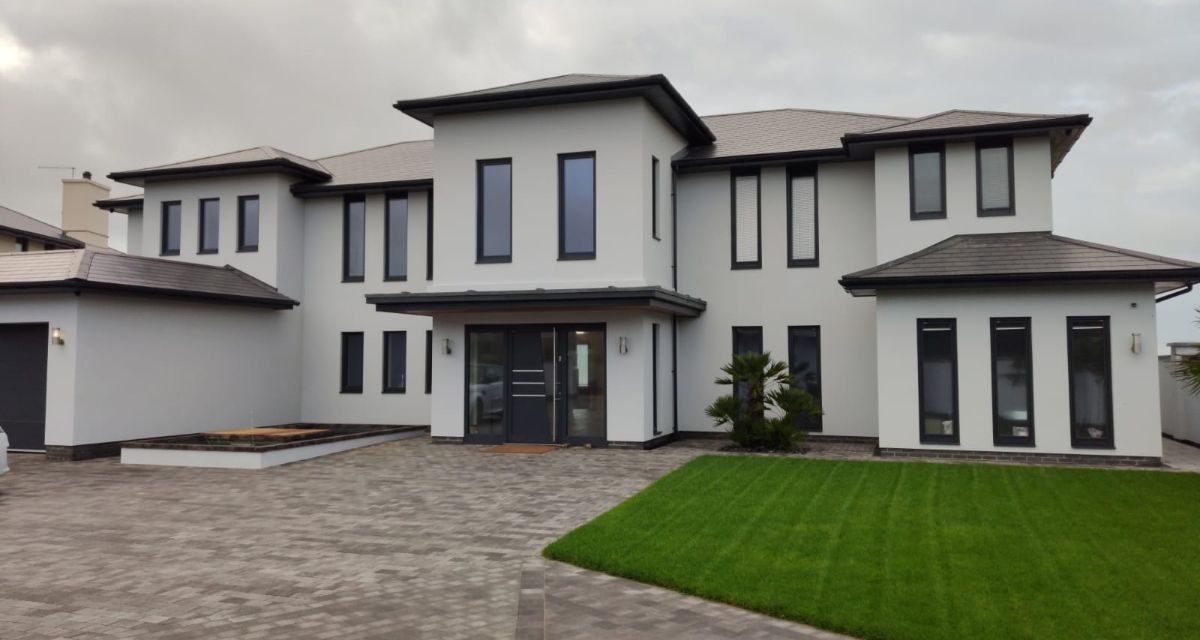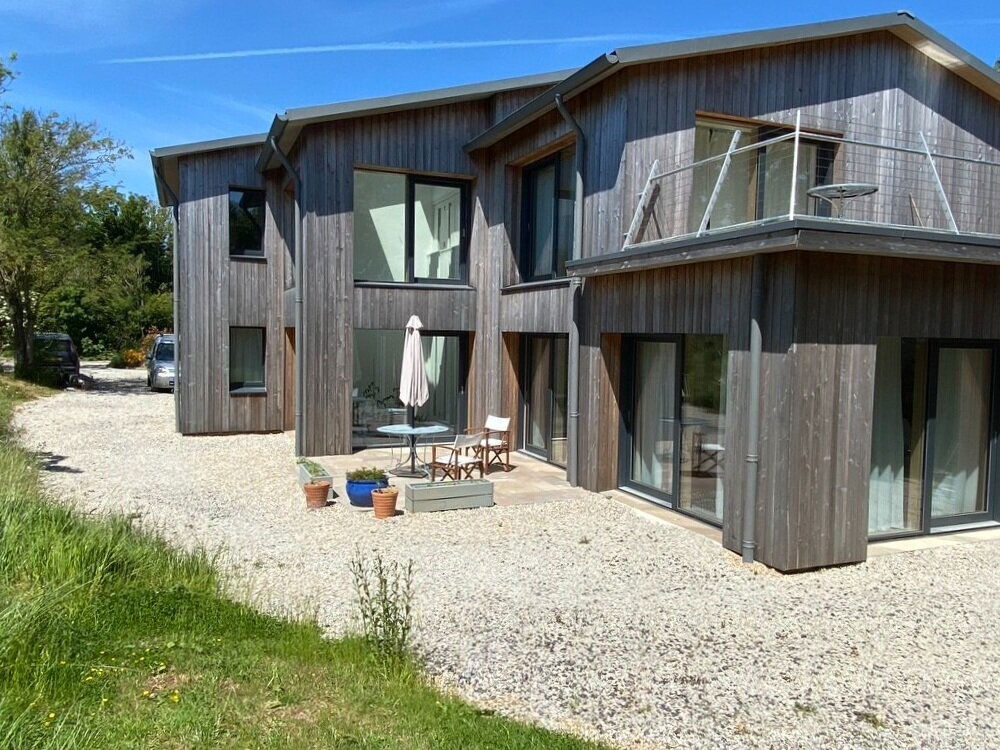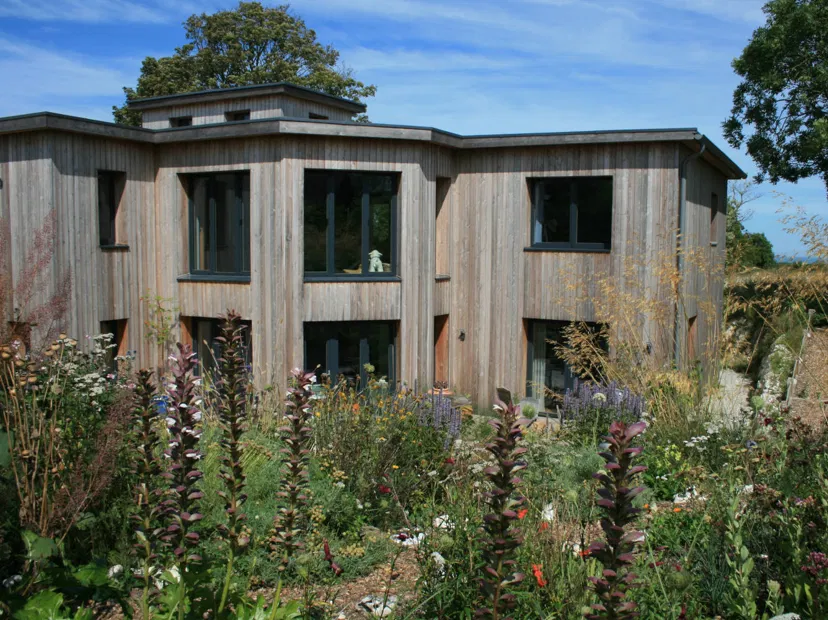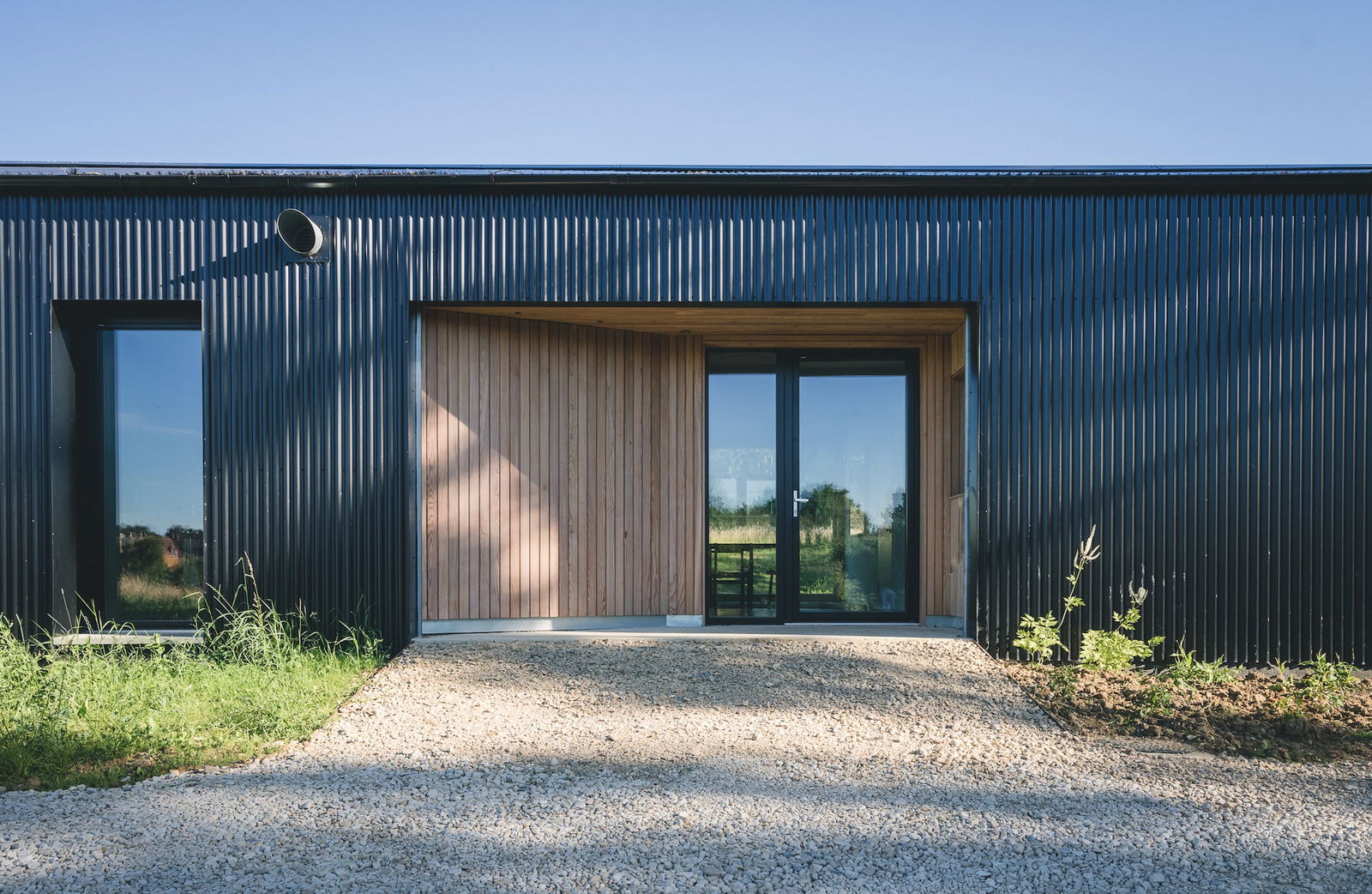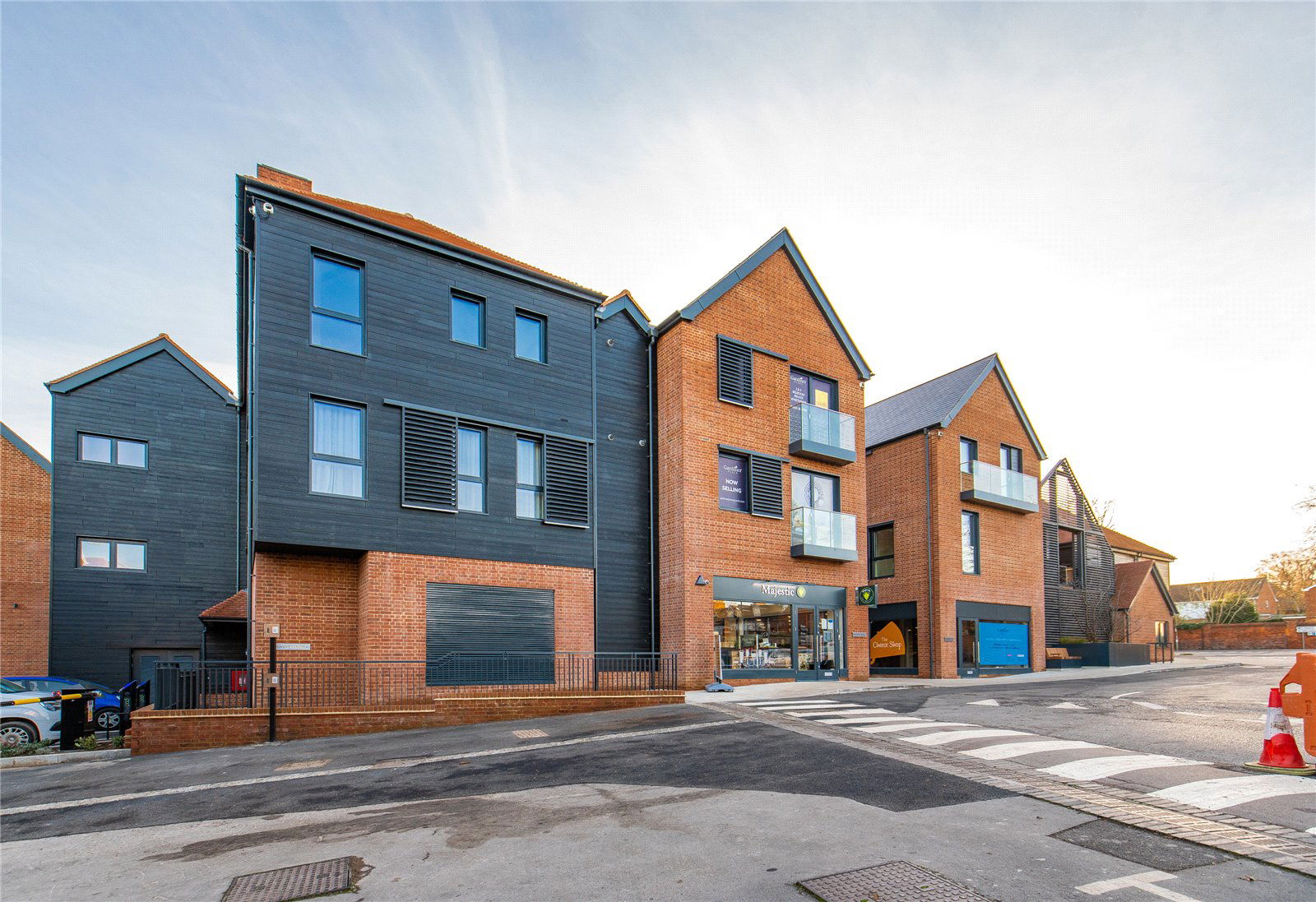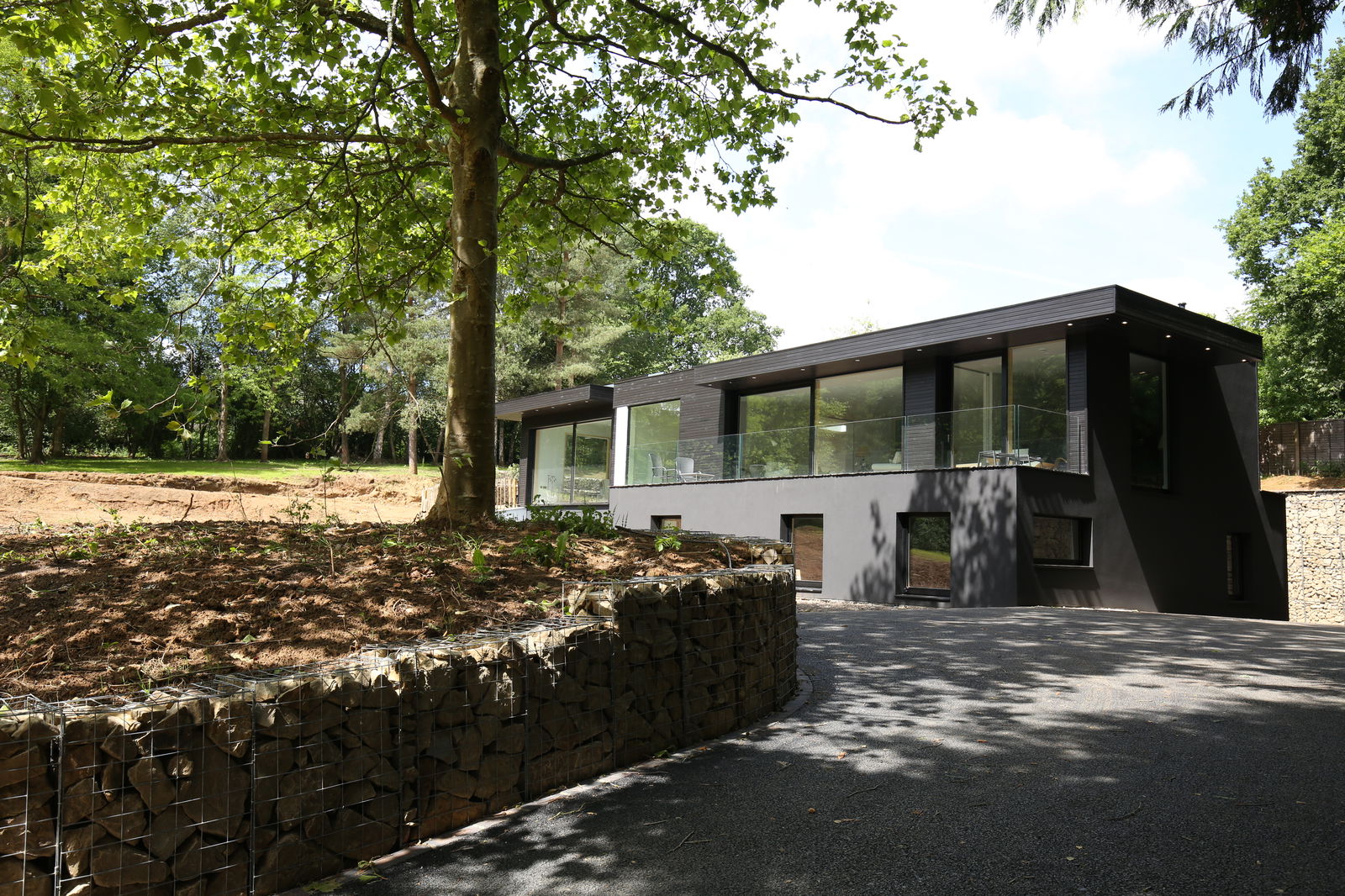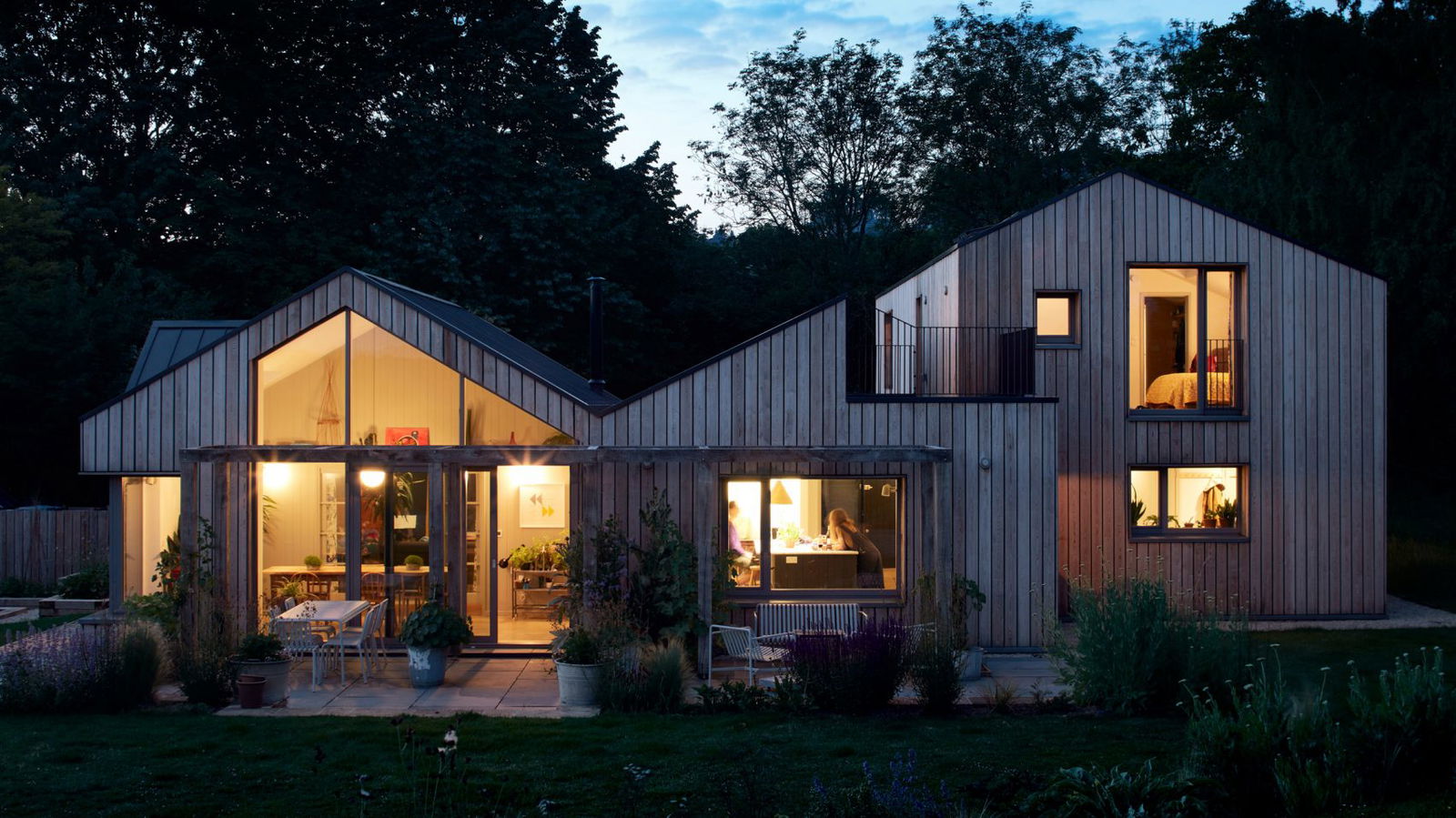Ongoing Decline in Construction Activity
The UK construction industry faces continued contraction, marking four consecutive months of decline as of April 2025. Factors contributing to this decline include rising material costs, labour shortages, and economic uncertainties following Brexit and ongoing inflation. While residential construction has shown slight resilience due to the demand for affordable housing, commercial and civil engineering sectors are experiencing substantial downturns, driven by reduced investments and project cancellations.
Bricklayer Shortage Threatens Housing Targets
A critical shortage of skilled bricklayers, at its lowest since 1998, poses a significant risk to the UK government's ambitious goal of constructing 1.5 million new homes over the next five years. The root of this shortage lies in an aging workforce, reduced apprenticeship uptake, and Brexit-driven restrictions on foreign labour. Solutions under consideration include increasing training programs, boosting apprenticeships, and relaxing immigration policies to allow more skilled international workers into the sector.
Market Growth Projections for Windows and Doors
Despite broader industry challenges, the UK windows and doors market continues to demonstrate robust growth. Projected to reach £3.5 billion by 2030, with metal windows and doors alone expected to generate £2.6 billion in 2025, the sector is driven by increased demand for energy-efficient solutions, sustainable materials, and enhanced security features. Growth is further fueled by government initiatives promoting green building practices.
Material Preferences: Shift Towards Aluminium and Composite
uPVC continues to dominate the market, holding a 75% share due to its cost-effectiveness and insulation properties. However, are rapidly gaining popularity, driven by their sleek, durable designs, suitability for modern architecture, and recyclability. Composite doors now represent half of all UK entrance door sales, reflecting a shift towards products that combine aesthetic appeal, thermal efficiency, and enhanced security. These materials also align with sustainable building goals, contributing to reduced carbon footprints.
Design and Aesthetic Trends
Minimalist designs, featuring expansive glazing and sleek lines, have become increasingly popular, promoting natural light and seamless integration between indoor and outdoor spaces. Bold colours and textures mimicking natural wood are trending, especially in door designs. This shift aligns with a broader consumer preference for designs that balance style, energy efficiency, and durability.
Regulatory Updates: Future Homes Standard and Fire Safety
Significant regulatory changes, such as the Future Homes Standard 2025, aim to reduce carbon emissions from new builds by up to 80%, phasing out gas boilers and enforcing stricter insulation and airtightness requirements. Additionally, new fire safety regulations following the Grenfell tragedy emphasize the importance of windows in maintaining fire resilience, requiring compliant installations with enhanced fire resistance features.
Overall, the UK construction industry is navigating considerable challenges but also embracing significant innovation and growth opportunities, particularly in the windows and doors sectors. Adapting to these trends and regulations will be essential for industry resilience and long-term success.


